Many homeowners prioritize upgrades that boost visual appeal when thinking about home improvements. Energy efficiency should be the first consideration in any renovation, even though aesthetics are vital. Installing new siding is one of the most significant and economical ways to enhance the energy efficiency of your house.
We’ll look at how new siding might increase the energy efficiency of your house in this blog and why it might be the best update for you.
Why Is Energy Efficiency So Important?
Energy efficiency means using less energy to perform the same tasks. For homeowners, this translates into lower utility bills, a more comfortable living environment, and a reduced carbon footprint. Whether you’re heating or cooling your home, every bit of energy saved counts. In fact, according to the U.S. Department of Energy, up to 40% of your home’s heating and cooling costs can be attributed to the way your house is insulated and sealed.
This is where siding comes in. By investing in high-quality, energy-efficient siding, you can address heat loss and gain, significantly improving your home’s insulation.
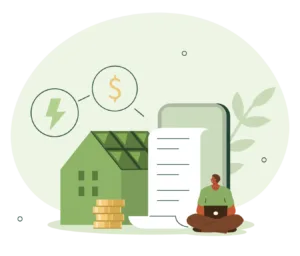
How New Siding Can Enhance Energy Efficiency
-
Better Insulation An additional layer of defense against temperature changes is offered by modern siding materials, particularly insulated siding. Usually, insulated siding has a foam backing that serves as a thermal barrier, keeping heat out of your house in the summer and minimizing heat loss in the winter. As a result, your home becomes more comfortable and requires less energy from your HVAC system.
-
Air Sealing Your current siding may start to deteriorate over time, creating cracks and openings that allow air to escape. Your heating or cooling systems may have to work harder as a result of drafts caused by this air leak. By removing these leaks, new siding improves overall energy efficiency and creates a more airtight seal.
-
Reflective Technology Some of the more recent siding alternatives have reflective coatings that help deflect sunlight from your house. This lowers the amount of heat that your house absorbs, especially in the sweltering summer months. Because reflective siding keeps your house cooler without taxing your air conditioner too much, it can help you save money on cooling expenses.
-
Durable Materials for Long-Term Efficiency Contemporary siding materials, such vinyl or fiber cement, are made to last and withstand weather conditions. Over time, their resilience to severe weather conditions contributes to the maintenance of a high degree of insulation. Your home will continue to use less energy for many years if your siding is in good shape.
Some Siding Materials
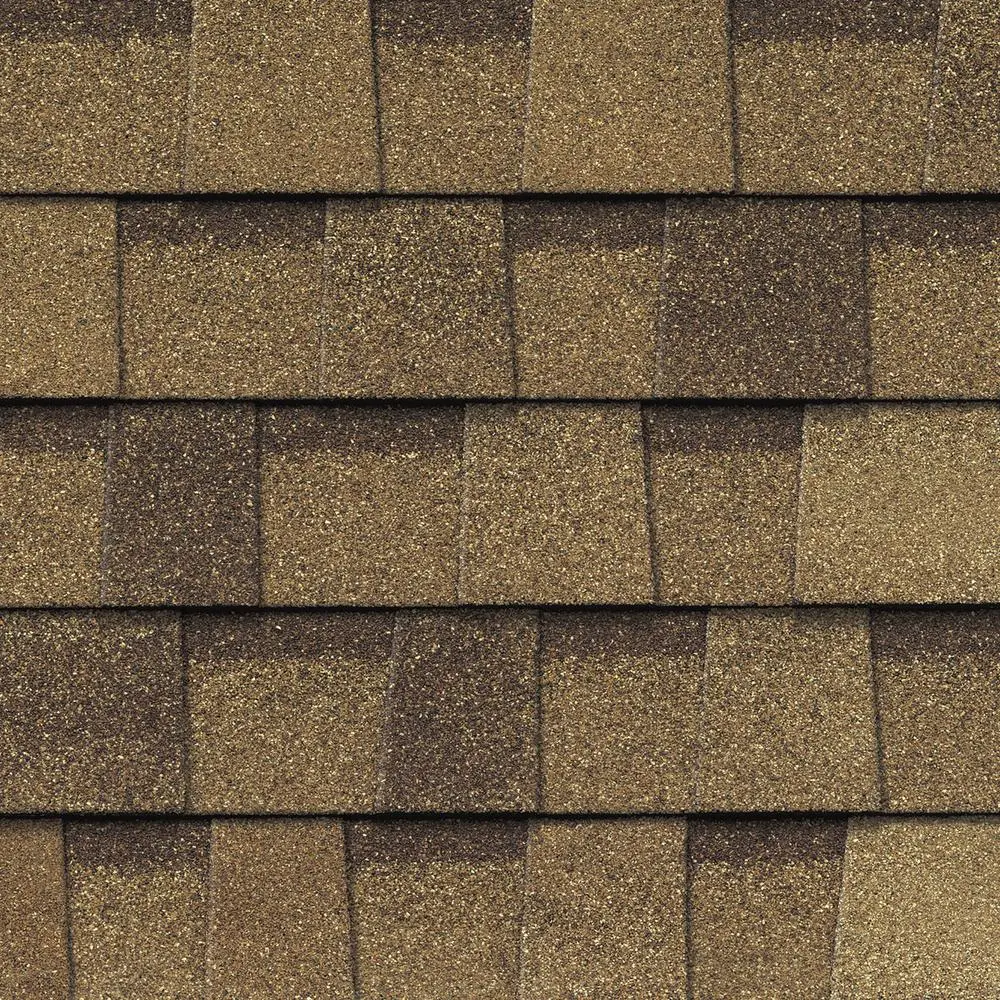
Shingle
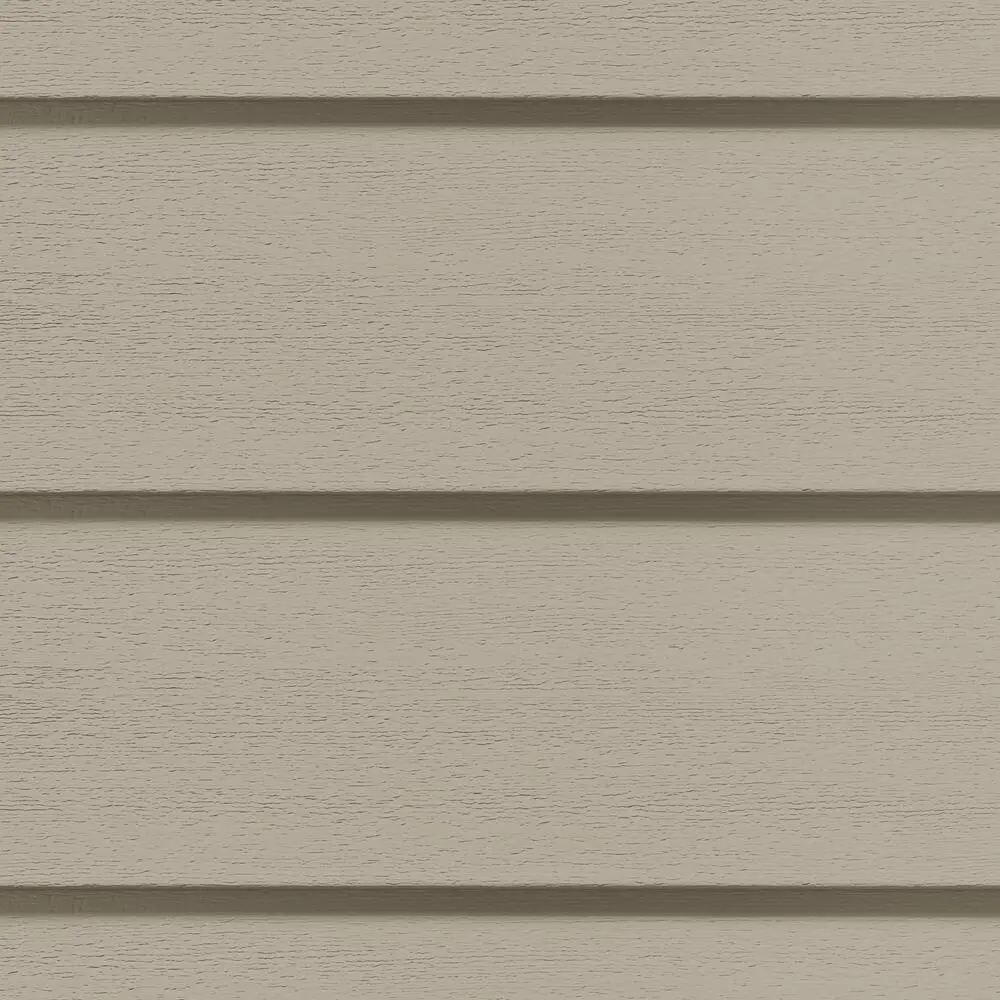
Clapboard
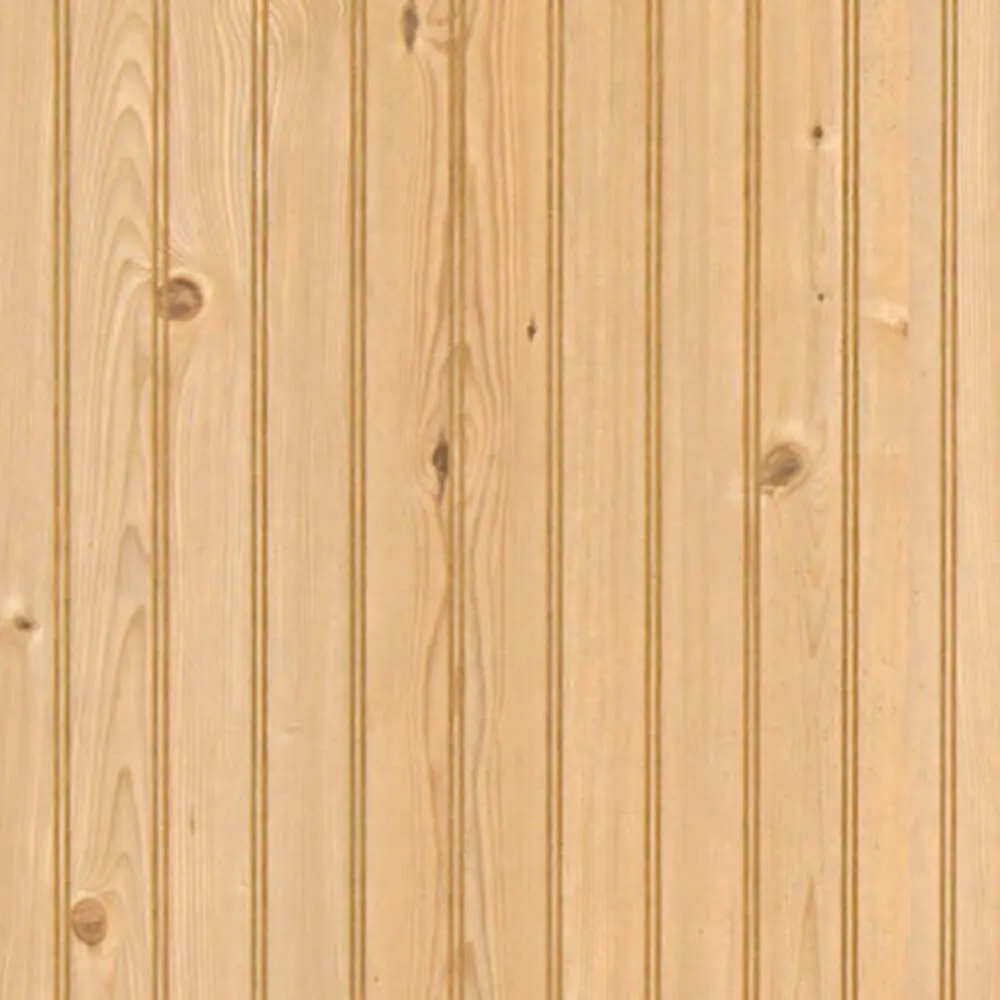
Beaded
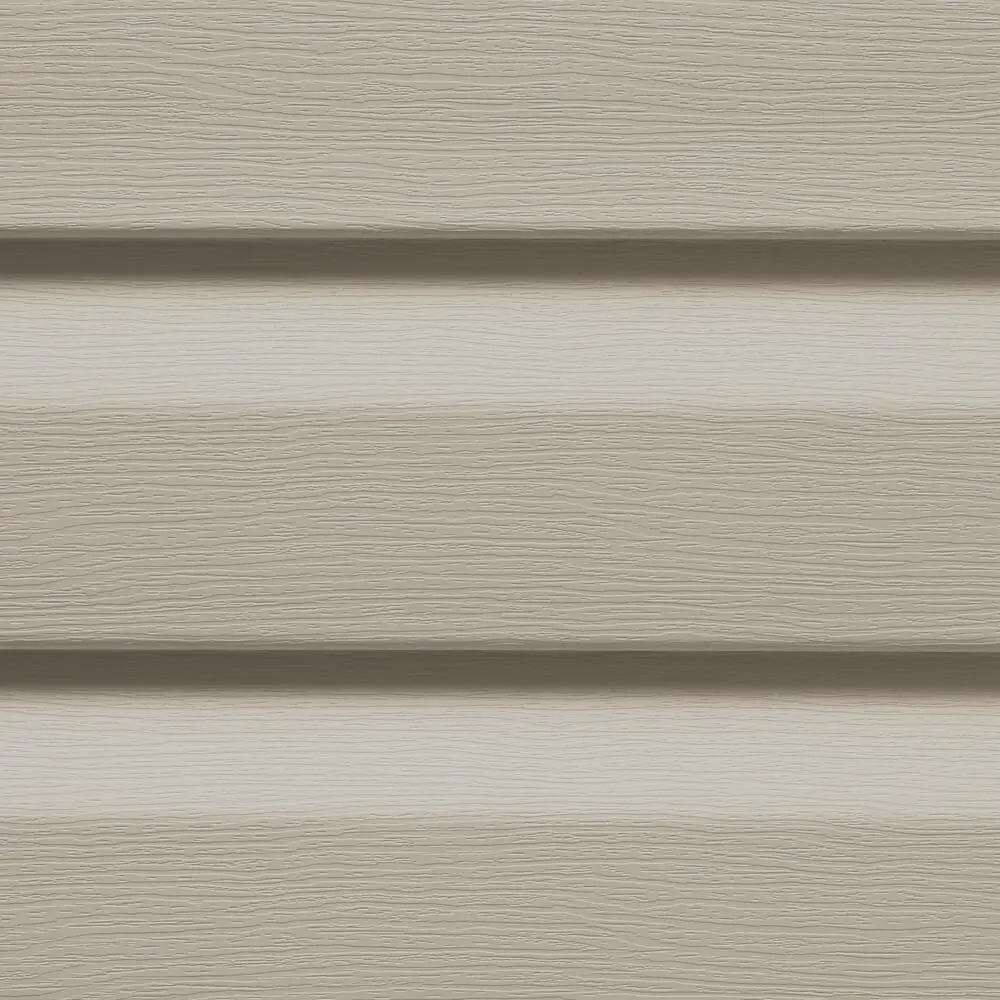
Dutch Lap
Which Siding Materials Are Best for Energy Efficiency?
When choosing new siding, it’s essential to consider materials that offer maximum energy savings. Here are a few options to explore:
- Insulated Vinyl Siding: This is a popular choice due to its affordability and excellent insulation properties. It’s especially great for colder climates.
- Fiber Cement Siding: Known for its durability and fire resistance, fiber cement siding also has insulating properties, making it an energy-efficient option for many homeowners.
- Wood Siding: While it’s a more natural aesthetic, wood siding is still a great choice if treated properly and insulated well.
- Metal Siding: Metal siding, such as aluminum or steel, often includes reflective coatings that can help reduce heat absorption.
When selecting the right material, consult with professionals to understand what would work best for your local climate and energy goals.
Additional Ways to Improve Energy Efficiency in Your Home
While new siding can significantly improve energy efficiency, there are other improvements you can consider for maximum impact:
- Upgrading Insulation: If your attic or walls lack adequate insulation, adding more can complement the benefits of your new siding.
- Energy-Efficient Windows: Pairing new siding with energy-efficient windows can further enhance your home’s insulation and energy savings.
- Roofing: Don’t forget about your roof! A new energy-efficient roof can work hand-in-hand with new siding to further optimize your home’s overall energy performance.
Conclusion
Investing in new siding is a great method to increase the energy efficiency of your house. You can keep a comfortable living space all year round while drastically lowering heating and cooling expenses by choosing the appropriate materials. To discuss your options for your home, get in touch with a reputable expert at All Point Roofing & Chimney if you’re thinking about getting new siding.

